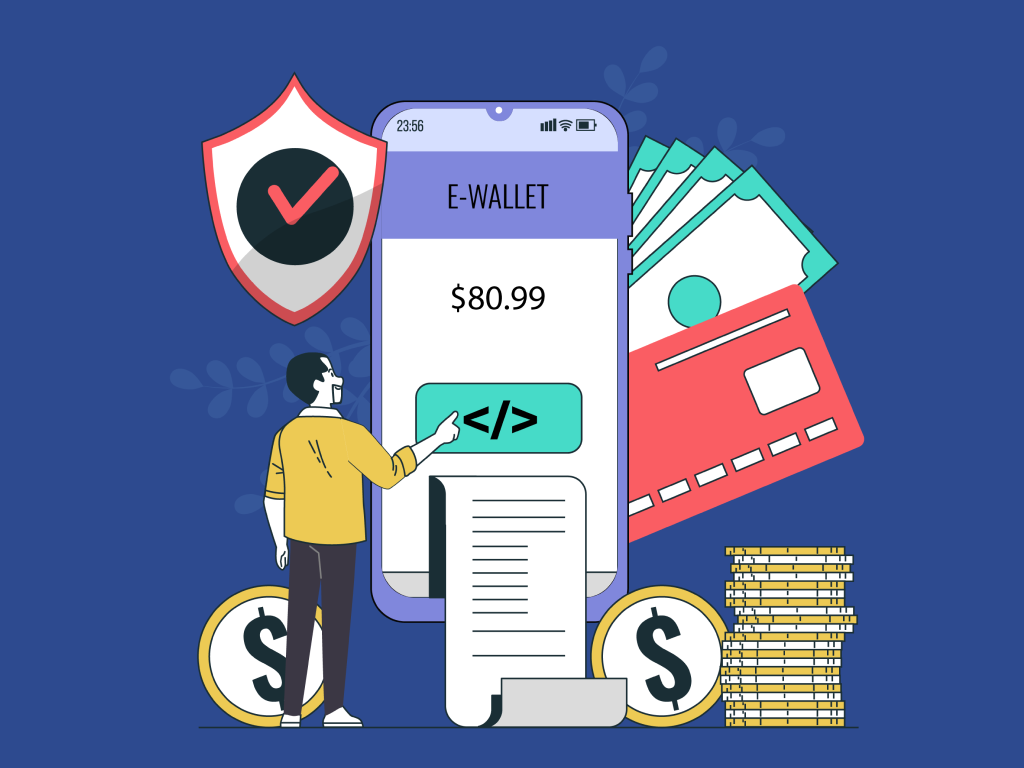 Topic Cluster Planning – Boost Topical Authority Like a Pro!
Topic Cluster Planning – Boost Topical Authority Like a Pro!
No-Code App Development: Building Software Without Writing Code
Written by Pritesh » Updated on: June 17th, 2025

You’ve probably heard the buzz around no-code platforms, but are they really more than just a passing trend? The short answer: Absolutely. Whether you're a startup founder, a corporate innovator, or just someone with a great idea but limited coding skills, no-code app development has emerged as a game-changer. And no, this isn't about cutting corners—it's about building smarter, faster, and more collaboratively.
What is No-Code App Development?
No-code app development refers to the creation of software applications without writing a single line of code. These platforms offer visual development environments—drag-and-drop interfaces, templates, and pre-built functionalities—that allow users to create web or mobile apps quickly.
But here’s the twist: No-Code isn't just for non-technical people. Developers and IT teams are also turning to no-code to speed up prototyping, reduce backlog, and let business units take more ownership of digital products.
Experience Speaks: Real-World Adoption
Let’s get practical. Consider the case of a logistics firm that needed a custom internal dashboard to track shipping routes and delivery KPIs. Traditional development meant a six-month timeline and a hefty budget. With a no-code platform like OutSystems or Bubble, their operations team built a functional prototype in just three weeks. The development team then stepped in to add enterprise-level integrations and security layers.
That’s the power of no-code—not to replace developers but to augment their productivity and enable more agile workflows.
Key Features of No-Code Platforms
To really understand how powerful these platforms are, you need to know what they bring to the table:
Drag-and-Drop Interface: Build UIs visually, just like you would with design tools.
Reusable Components: From forms to workflows, elements can be reused across projects.
Built-in Integrations: Connect to databases, APIs, and third-party services easily.
Workflow Automation: Set up rules and conditions that trigger actions without manual input.
Real-Time Previews: See the changes instantly without compiling or deploying.
Expertise in Action: Where No-Code Shines
There are some sweet spots where no-code truly excels:
MVPs and Prototyping: Need to validate a product idea fast? No-code tools get you to market faster.
Internal Tools: Build CRMs, dashboards, and project trackers tailored to your team’s needs.
E-commerce: Platforms like Shopify and Webflow are empowering sellers to launch full-fledged stores.
Marketplaces and SaaS Products: Many SaaS products today are built—at least initially—on no-code stacks.
Data-Driven Apps: When paired with tools for AI data integration, no-code platforms can also be used for analytics and automation.
Trust Factors: Is No-Code Secure and Scalable?
This is the elephant in the room for many CTOs and tech leads. Can you really trust no-code solutions with sensitive business data? The answer isn’t binary. Most reputable platforms offer enterprise-grade features like:
- Role-based access control
- Secure hosting (often with AWS, Azure, or Google Cloud backends)
- Compliance with standards like GDPR, HIPAA, and SOC 2
- API-level access for custom extensions
Scalability is another common concern. While it’s true that not every no-code app will scale like a hand-coded system built in React or Angular, many platforms now support modularity and allow migration paths to full-code environments if needed.
Authority Backed by Innovation
Leading companies and even governments are starting to invest in no-code strategies. Gartner predicts that by 2026, 80% of tech products and services will be built by people outside of traditional IT. Microsoft’s Power Apps, Google’s AppSheet, and platforms like Mendix and Betty Blocks are gaining serious ground in enterprise environments.
When tech giants are putting their weight behind a trend, it's no longer “optional”—it’s strategic.
The Role of AI in No-Code Development?
AI is enhancing no-code development in powerful ways. From predictive user flows to automated testing, AI-powered features are turning no-code tools into intelligent design environments. More interestingly, AI data integration is helping no-code apps pull insights from diverse datasets—CRM systems, cloud databases, IoT devices—and trigger actions automatically.
Imagine building a no-code logistics app that uses AI to suggest optimal delivery routes or predict delays. All this can be done without writing a single line of machine learning code. That’s not just time-saving—it’s transformative.
Misconceptions Around No-Code
Let’s clear the air around some myths:
Myth 1: No-code is just for non-techies.
Reality: Developers use no-code to accelerate time-to-market and focus on complex logic.
Myth 2: No-code apps are always low-quality.
Reality: Quality depends on design and logic—just like in traditional development.
Myth 3: No-code platforms can’t handle real business needs.
Reality: Many businesses run mission-critical workflows on no-code solutions today.
Challenges You Should Know
While no-code is incredibly empowering, it’s not a silver bullet. Some common challenges include:
- Vendor Lock-In: Moving away from one platform to another can be complex.
- Customization Limitations: Deep backend logic or unique UI requirements might need code.
- Performance Bottlenecks: Some no-code platforms may lag with large data sets or heavy logic.
- Learning Curve: While easier than coding, these platforms still require learning.
A good practice is to involve your IT or dev team early in the no-code journey. They can ensure alignment with your security and architecture standards while also providing support for scale or migration down the road.
When to Go No-Code (And When Not To)
Go no-code if:
- You need a solution quickly.
- The app is for internal use or MVP testing.
- You have limited development resources.
- The workflow is fairly standard or data-driven.
Avoid no-code if:
- You need ultra-high customization.
- Performance on a massive scale is non-negotiable.
- You're building complex B2C apps like Instagram or Uber.
That said, a hybrid approach is often the best. Use no-code to prototype or build the front end, and plug in custom-coded APIs or microservices on the backend. This keeps development agile while ensuring robustness.
The Future: No-Code as a Strategic Layer
We're moving into a digital-first era where business agility is key. No-code is evolving into a strategic enabler—not just a tech shortcut. In the same way cloud transformed infrastructure, no-code is transforming how we approach application development.
Organizations that combine no-code with advanced capabilities like AI data integration are not just building faster—they’re building smarter. They’re empowering cross-functional teams to innovate, cutting down time-to-market and freeing up engineering bandwidth for high-impact problems.
Final Thoughts
No-code app development isn’t about dumbing things down—it’s about making development more accessible, efficient, and collaborative. It democratizes the ability to build software, allowing people with ideas to become creators, not just consumers.
As businesses push for faster innovation cycles and leaner development models, no-code is carving out a permanent place in the tech stack. Whether you're a founder trying to validate your idea or a CIO streamlining enterprise workflows, no-code is no longer a question of "if"—but "how soon."
Note: IndiBlogHub features both user-submitted and editorial content. We do not verify third-party contributions. Read our Disclaimer and Privacy Policyfor details.
Copyright © 2019-2025 IndiBlogHub.com. All rights reserved. Hosted on DigitalOcean for fast, reliable performance.













